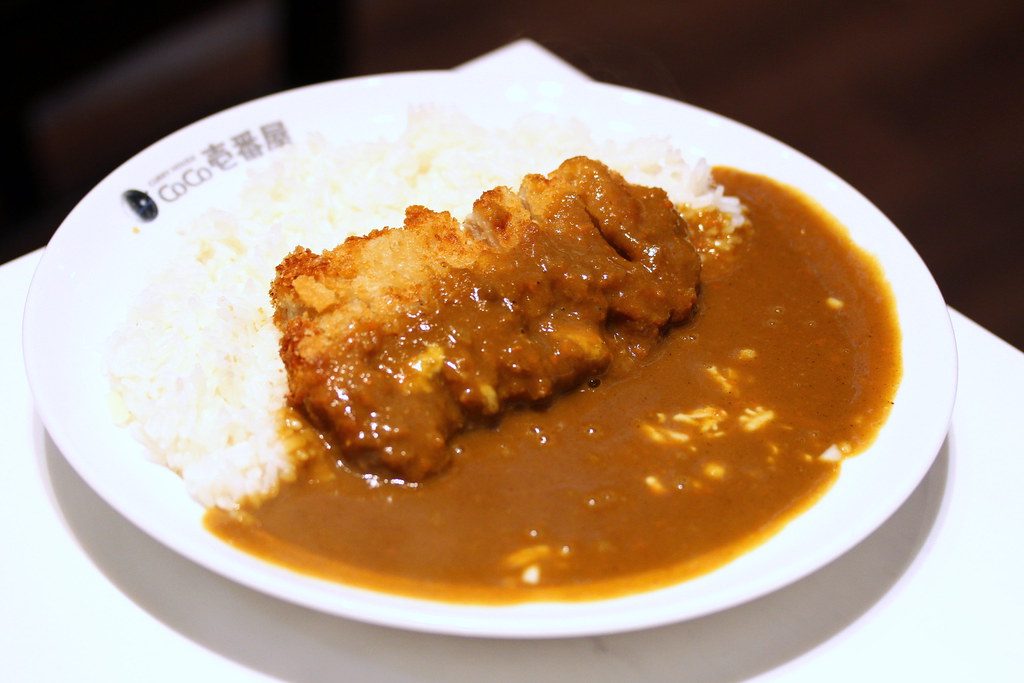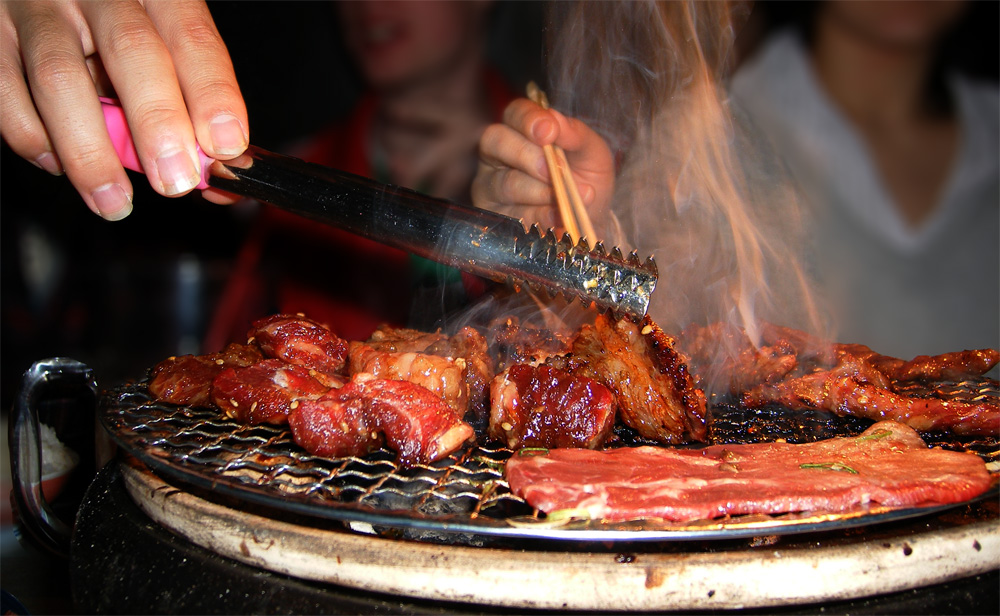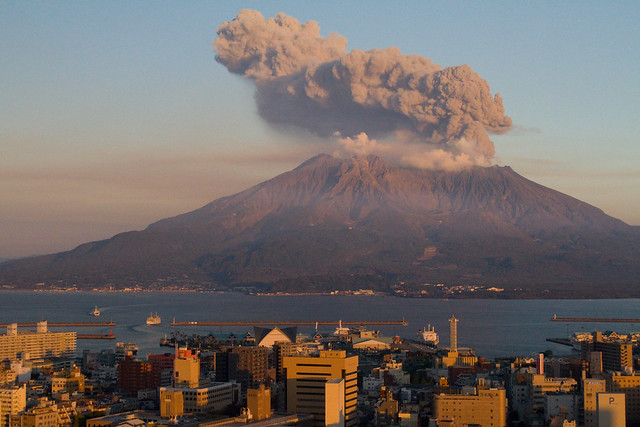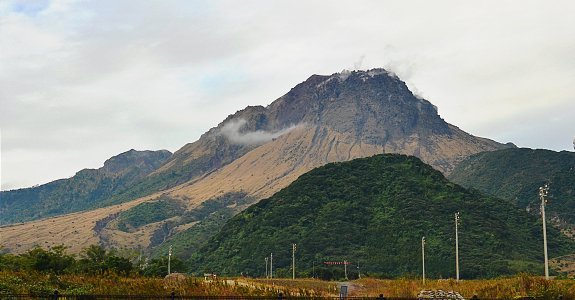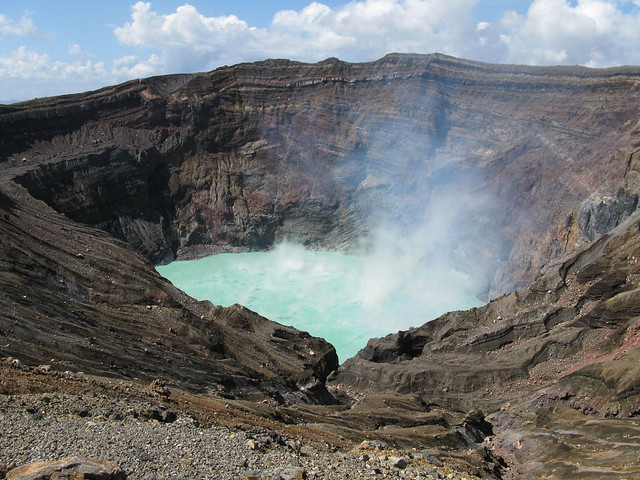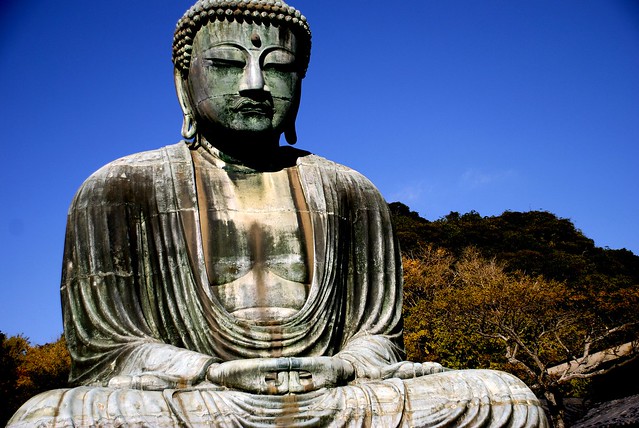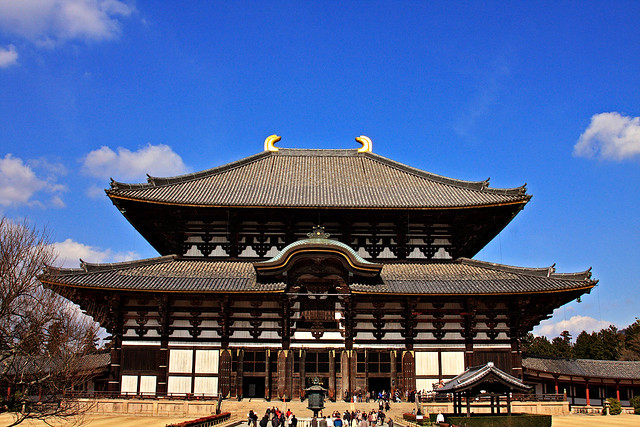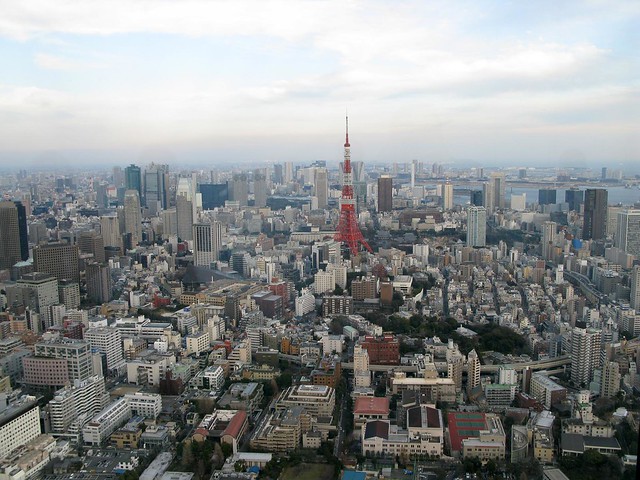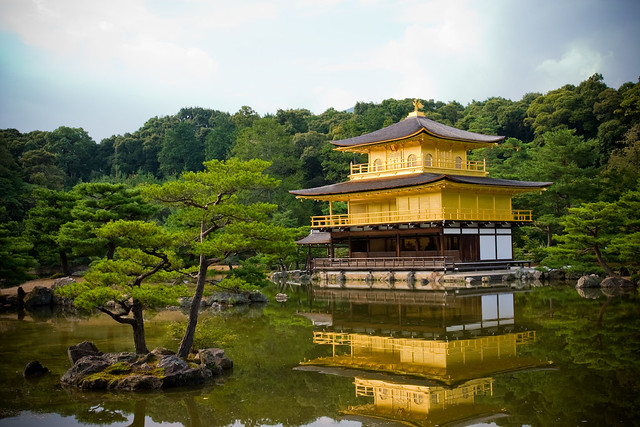What is the Most Popular Japanese Dishes?
There are so many delicious traditional Japanese dishes that are famous around the world. These dishes were not only delicious, but also has a very high nutrient content and can nourish the body and brain. In this article we will discuss the most popular and delicious Japanese cuisine in the world. I believe there are some popular dishes that you already have tasted, such as sushi, Japanese curry rice, and Ramen. However, I'm sure that some of those cuisines are not familiar to you, such as Yakiniku, Yakitori, as well as Tonkatsu. Well, without further ado, here is the list of the most popular Japanese dishes in the world.
10. Yakitori
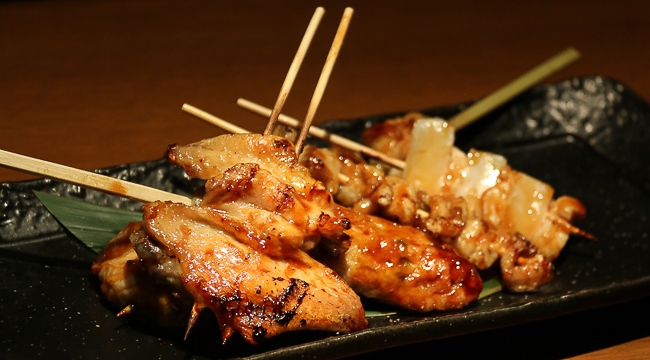 Yakitori can also be called as "Japanese barbecue". This food is usually served at a gathering or during hang out session with friends in the pub, karaoke, or in a birthday party. Because of this reason, Yakitori is regarded as "hangout food" because this dish is almost present at every meetings or gathering. Yakitori can be made from a variety of meats, from beef, pork, or chicken liver. The meat is baked until crispy, then coated in a sweet and sour sauce to reach such a high-level of delicacy. I'm sure you will love this cuisine from the first bite you eat it.
Yakitori can also be called as "Japanese barbecue". This food is usually served at a gathering or during hang out session with friends in the pub, karaoke, or in a birthday party. Because of this reason, Yakitori is regarded as "hangout food" because this dish is almost present at every meetings or gathering. Yakitori can be made from a variety of meats, from beef, pork, or chicken liver. The meat is baked until crispy, then coated in a sweet and sour sauce to reach such a high-level of delicacy. I'm sure you will love this cuisine from the first bite you eat it.
9. Japanese Curry
Curry is a dish that originates from India, but it is also very popular in Japan. Unlike the Indian curry, Japanese curry has a more subtle flavor and not too spicy. As many Japanese people love this dish, curry is named as the official Japanese national cuisine. Usually, curry is served with a bowl of fragrant, warm a bowl of white rice. Curry fans would be really happy to be in Japan. In this country, there are dozens of types of curry dishes and all of them are very tasty and exotic. There are varieties of meat that can be used in Japanese curry, ranging from chicken, beef, and seafood.
8. Yakiniku
Yakiniku is actually a Korean cuisine, but it was adapted by Japanese chefs by using a variety of Japanese traditional spices and flavors to make it ,one of the most famous Japanese dishes. This cuisine is made from thinly sliced beef covered with delicious Japanese sauce, and then it is grilled over a barbecue grill by using a pair of chopsticks. Considering that the size of the sliced meat is relatively small, you have to be very skilled in using chopsticks to cook Yakiniku.The process of cooking Yakiniku by yourself makes this dish taste better. Yakiniku is usually served at the restaurant, where you come with family or friends, formed a small circle around the grill, and chat while enjoying the taste of this delicious traditional Japanese cuisine.
7. Nabe
Nabe can be called as a "pride of Japan" and if you visit Japan during winter season, you must taste it. Nabe is a Japanese traditional soup, but unlike the miso soup that has simpler ingredients (only consists of miso and tofu), Nabe has richer ingredients. Usually, in the Nabe sliced meat, crabs, noodles, and vegetables are used.Nabe is usually cooked in a hotpot, in a big pan filled with hot water and some seasonings. Then, ingredients are added into the hotpot, one by one and boiled until cooked and tender. After the ingredients are well cooked, then the Nabe soup is served to each family member.
6. Onigiri
For those of you who love to read manga or watch anime, this food should be very familiar to you. Onigiri or "rice ball" is one kind of dish that can be found in any student's or office worker's lunchbox. Onigiri is also quite easy to make. You fill the rice with any ingredients that you want, shape the rice into a triangle or into a ball, then put salted and dried seaweed on top of the rice ball. There are many different flavors of Onigiri, based on the ingredients that you used to fill it. Ranging from plums which have a sour taste, fish eggs, or small slices of fried salmon. Onigiri can be eaten plainly, or you can also eat it with a special sauce that can enrich the taste of this popular Japanese dish.
Ramen is a very popular Japanese cuisine that is famous in around the world. Even in Japan, Ramen is known as one of the most popular foods. Ramen is usually eaten in a Ramen shop as an after-school or after-work snack by students or office workers on the way they head home. Ramen shop itself possesses a high peculiarity of Japanese society life.Ramen is served in a large bowl, with delicious Ramen soup and a variety of toppings on it such as a circular shaped fish (called Naruto), boiled eggs, and vegetables. This food is very delicious to be eaten on a cold night.
4. Okonomiyaki
Okonomiyaki is a very popular, traditional food from Osaka. The words Okonomiyaki means "grilled whatever you like". This dish is also popular to be served for small groups and enjoyed with friends. The concept of Okonomiyaki is actually quite simple, which is an omelette mixed with your favorite ingredients, such as beef, chicken, seafood, and vegetables. In addition to having a rich flavor, Okonomiyaki also has a high nutrient content because in it there are also high quantity of vegetables such as cabbages and carrots that are sliced into small pieces. The food is more delicious if it is served along with a glass of sake (traditional Japanese alcoholic drink) or Japanese tea.
3. Takoyaki
Takoyaki is another example of Japanese most popular dishes in the world that originates from Osaka. Takoyaki is also known as the most popular "street food" in Japan. In almost every festival events, fairs, or outdoor concerts, you can find Takoyaki sellers with their uniquely shaped cart. Takoyaki also smells very delicious and its fragrance make you unable to resist yourself from buying it. Takoyaki is made from squid-meat that is shaped like meatballs, then roasted or grilled. The outer part of Takoyaki looks crispy and crunchy, while the inside part is soft, juicy, and rich of flavor. Indeed, Takoyaki can be named as one of the tastiest Japanese cuisine!
2. Tonkatsu
Tonkatsu is named as the "Royal Cuisine" because of its wonderful delicacy. Tonkatsu is made of pork that is deeply fried until it turns into light brown, golden color and looks extremely crispy. Nowadays, instead of pork, Tonkatsu is also made of beef. Once it is well fried, Tonkatsu is served with grated radish, plum, Japanese pickles, and special sauces that brings the true delicious flavor of Tonkatsu. Tonkatsu is usually eaten with curry rice, so the deliciousness of this food is doubled.
Without a doubt, sushi is the most popular and most delicious Japanese dish. This food is also listed in the list of 10 most delicious foods in the world. This is because Sushi is not only has very delicious flavor, but also it also has very high nutrient content that can nourish the brain.
Sushi is actually a simple dish. The meat of a fresh fish (usually salmon) is thinly sliced and placed on top of the small portion of rice. Sushi is usually served with special sauce, and should be eaten in a single swallow. There are different variety of sushi that can be found in Japan, and the price of the sushi is also differs, based on their quality. If you visit Japan, it is compulsory to eat at a traditional sushi restaurant where you can see the sushi are prepared in front of you by the chefs, and served on a circular conveyor belt.


 Yakitori can also be called as "Japanese barbecue". This food is usually served at a gathering or during hang out session with friends in the pub, karaoke, or in a birthday party. Because of this reason, Yakitori is regarded as "hangout food" because this dish is almost present at every meetings or gathering. Yakitori can be made from a variety of meats, from beef, pork, or chicken liver. The meat is baked until crispy, then coated in a sweet and sour sauce to reach such a high-level of delicacy. I'm sure you will love this cuisine from the first bite you eat it.
Yakitori can also be called as "Japanese barbecue". This food is usually served at a gathering or during hang out session with friends in the pub, karaoke, or in a birthday party. Because of this reason, Yakitori is regarded as "hangout food" because this dish is almost present at every meetings or gathering. Yakitori can be made from a variety of meats, from beef, pork, or chicken liver. The meat is baked until crispy, then coated in a sweet and sour sauce to reach such a high-level of delicacy. I'm sure you will love this cuisine from the first bite you eat it.